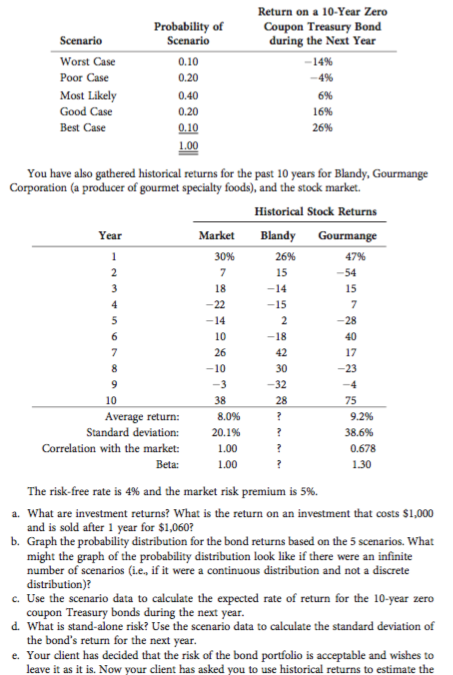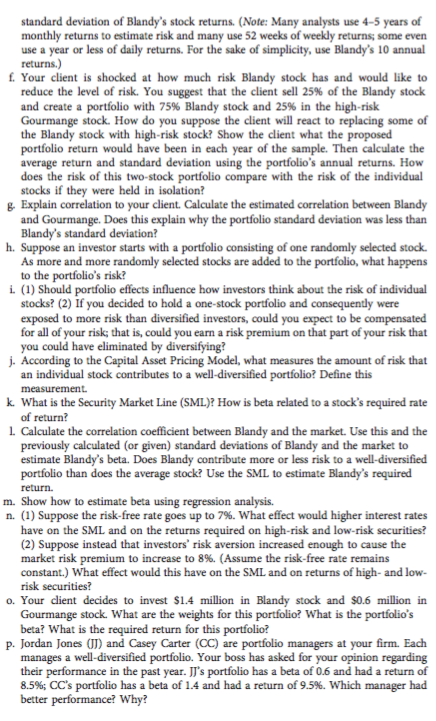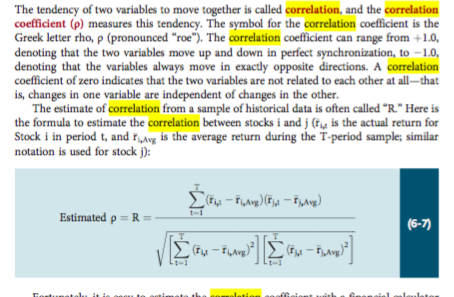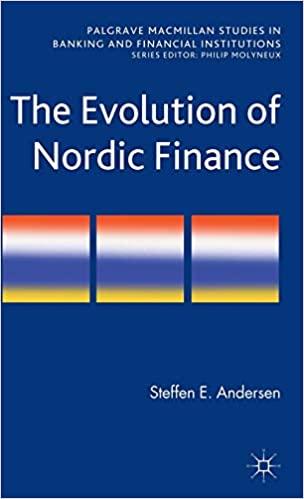Assume that you recently graduated and landed a job as a financial planner with Cicero Services, an investment advisory company. Your first client recently inherited some assets and has asked you to evaluate them. The client owns a bond portfolio with $1 million invested in zero coupon Treasury bonds that mature in 10 years.47 The client also has $2 million invested in the stock of Blandy, Inc., a company that produces meat-and-potatoes frozen dinners. Blandys slogan is Solid food for shaky times.
Unfortunately, Congress and the president are engaged in an acrimonious dispute over the budget and the debt ceiling. The outcome of the dispute, which will not be resolved until the end of the year, will have a big impact on interest rates 1 year from now. Your first task is to determine the risk of the clients bond portfolio. After consulting with the economists at your firm, you have specified five possible scenarios for the resolution of the dispute at the end of the year. For each scenario, you have estimated the probability of the scenario occurring and the impact on interest rates and bond prices if the scenario occurs. Given this information, you have calculated the rate of return on 10-year zero coupon Treasury bonds for each scenario. The probabilities and returns are shown here:


use formula below to complete G . only g needed 
0.40 0.20 1 3 4 5 2 Return on a 10-Year Zero Probability of Coupon Treasury Bond Scenario Scenario during the Next Year Worst Case 0.10 -14% Poor Case 0.20 -4% Most Likely 6% Good Case 16% Best Case 0.10 26% 1.00 You have also gathered historical returns for the past 10 years for Blandy, Gourmange Corporation (a producer of gourmet specialty foods), and the stock market. Historical Stock Returns Year Market Blandy Gourmange 30% 26% 47% 2 7 15 -54 18 -14 15 -22 -15 7 -14 -28 10 -18 40 26 42 17 8 -10 30 -23 9 -32 10 38 28 75 Average return: ? 9.2% Standard deviation: 20.1% ? 38.6% Correlation with the market: 1.00 ? 0.678 Beta: 1.00 1.30 The risk-free rate is 4% and the market risk premium is 5%. a. What are investment returns? What is the return on an investment that costs $1,000 and is sold after 1 year for $1,060? b. Graph the probability distribution for the bond returns based on the 5 scenarios. What might the graph of the probability distribution look like if there were an infinite number of scenarios (i.e. if it were a continuous distribution and not a discrete distribution)? c. Use the scenario data to calculate the expected rate of return for the 10-year zero coupon Treasury bonds during the next year. d. What is stand-alone risk? Use the scenario data to calculate the standard deviation of the bond's return for the next year. e. Your client has decided that the risk of the bond portfolio is acceptable and wishes to leave it as it is. Now your client has asked you to use historical returns to estimate the 6 7 8.0% standard deviation of Blandy's stock returns. (Note: Many analysts use 4-5 years of monthly returns to estimate risk and many use 52 weeks of weekly returns; some even use a year or less of daily returns. For the sake of simplicity, use Blandy's 10 annual returns.) f. Your client is shocked at how much risk Blandy stock has and would like to reduce the level of risk. You suggest that the client sell 25% of the Blandy stock and create a portfolio with 75% Blandy stock and 25% in the high-risk Gourmange stock. How do you suppose the client will react to replacing some of the Blandy stock with high-risk stock? Show the client what the proposed portfolio return would have been in each year of the sample. Then calculate the average return and standard deviation using the portfolio's annual returns. How does the risk of this two-stock portfolio compare with the risk of the individual stocks if they were held in isolation? & Explain correlation to your client. Calculate the estimated correlation between Blandy and Gourmange. Does this explain why the portfolio standard deviation was less than Blandy's standard deviation? h. Suppose an investor starts with a portfolio consisting of one randomly selected stock. As more and more randomly selected stocks are added to the portfolio, what happens to the portfolio's risk? i. (1) Should portfolio effects influence how investors think about the risk of individual stocks? (2) If you decided to hold a one-stock portfolio and consequently were exposed to more risk than diversified investors, could you expect to be compensated for all of your risk, that is could you earn a risk premium on that part of your risk that you could have eliminated by diversifying? j. According to the Capital Asset Pricing Model, what measures the amount of risk that an individual stock contributes to a well-diversified portfolio? Define this measurement k What is the Security Market Line (SML)? How is beta related to a stock's required rate of return? 1. Calculate the correlation coefficient between Blandy and the market. Use this and the previously calculated (or given) standard deviations of Blandy and the market to estimate Blandy's beta. Does Blandy contribute more or less risk to a well-diversified portfolio than does the average stock? Use the SML to estimate Blandy's required return. m. Show how to estimate beta using regression analysis. n. (1) Suppose the risk-free rate goes up to 7%. What effect would higher interest rates have on the SML and on the returns required on high-risk and low-risk securities? (2) Suppose instead that investors' risk aversion increased enough to cause the market risk premium to increase to 8%. (Assume the risk-free rate remains constant.) What effect would this have on the SML and on returns of high- and low- risk securities? 0. Your client decides to invest $1.4 million in Blandy stock and $0.6 million in Gourmange stock. What are the weights for this portfolio? What is the portfolio's beta? What is the required return for this portfolio? p. Jordan Jones (II) and Casey Carter (CC) are portfolio managers at your firm. Each manages a well-diversified portfolio. Your boss has asked for your opinion regarding their performance in the past year. JJ's portfolio has a beta of 0.6 and had a return of 8.5%; CC's portfolio has a beta of 1.4 and had a return of 9.5%. Which manager had better performance? Why? The tendency of two variables to move together is called correlation, and the correlation coefficient (p) measures this tendency. The symbol for the correlation coefficient is the Greek letter rho, p (pronounced "roe"). The correlation coefficient can range from +1.0, denoting that the two variables move up and down in perfect synchronization, to -1.0, denoting that the variables always move in exactly opposite directions. A correlation coefficient of zero indicates that the two variables are not related to each other at all-that is, changes in one variable are independent of changes in the other. The estimate of correlation from a sample of historical data is often called "R." Here is the formula to estimate the correlation between stocks i and j (Tv is the actual return for Stock i in period t, and FAvg is the average return during the T-period sample; similar notation is used for stock j): Two-Fi,Ang)() FAN Estimated p=R= (6-7) - , ) | - ) ) - Finande









